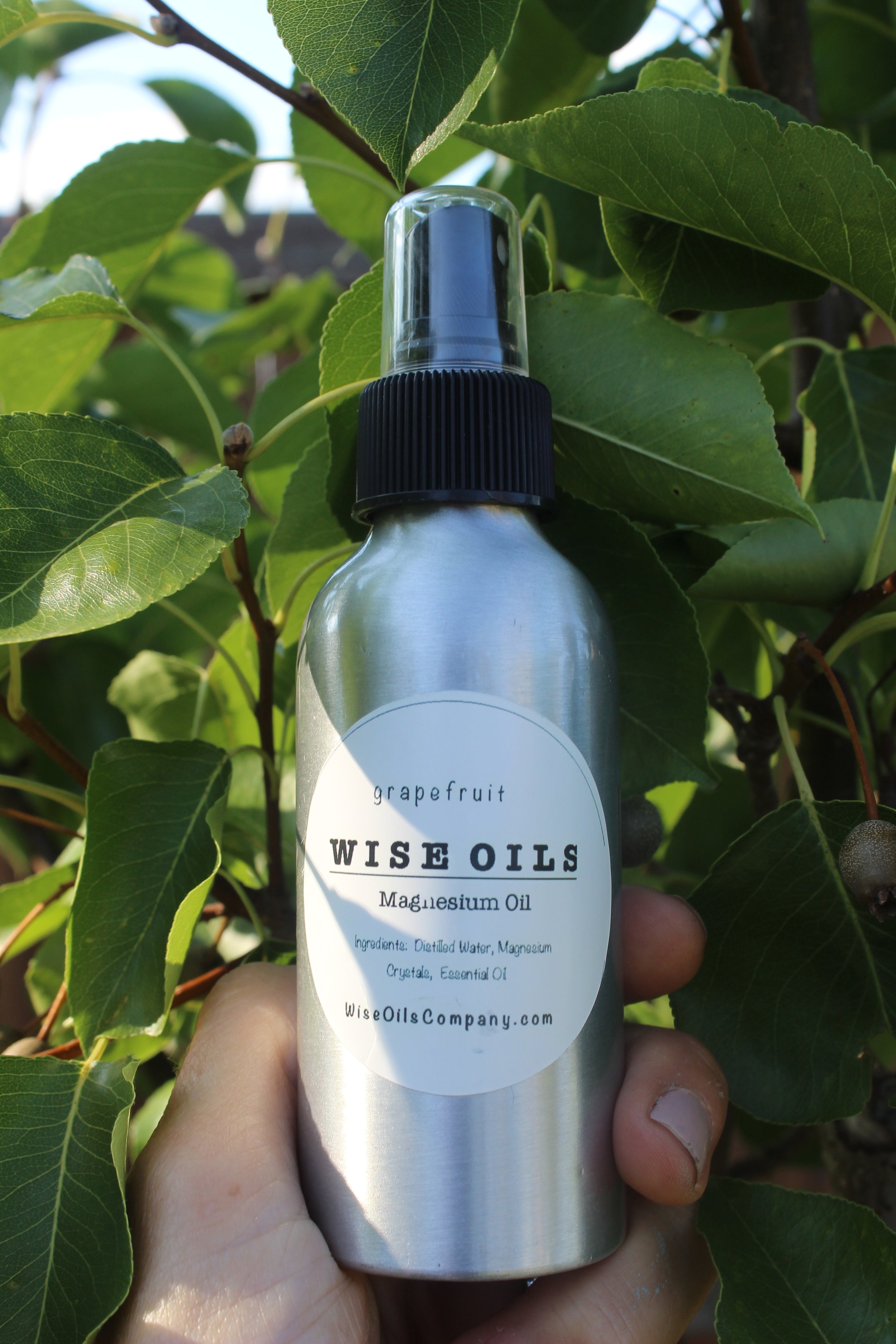The mighty mineral "magnesium" has been on the front line of my mineral arsenal for about 5 years now. I think I have learned more about this mineral than any other mineral, and I have studied most of them, in depth.
My search for better nutrition has lead me through many different paths and I love to examine and take apart every single rock, pebble and weed along those paths. I have listed many magnesium research references below that have helped me along the way. I encourage you to do your own research and take charge of your own health.
Why is magnesium so important?
If you belong to any social media groups you have probably seen countless postings/articles on the importance of magnesium. Magnesium plays a role in all metabolic systems, and is therefore a contributing factor to nearly all major health issues. Magnesium deficiency can be blamed for conditions from heart disease, diabetes, cancer, chronic fatigue syndrome, osteoporosis, to name a few. A few signs of magnesium deficiency are calcification of arteries, high blood pressure, muscle cramps, hormone disruption, low energy...
Do you need to supplement Magnesium?
According to statistics, you probably do. Latest research indicates that at least 80% of western population is magnesium deficient. Considering how fast we burn through magnesium with our stressful lifestyles, prescription medications, and not so superb nutrition; it would make sense to add magnesium to your diet. My professional advice is to get tested to see how magnesium deficient you really are. There are two types of testing that I recommend. One is the Hair Tissue Mineral Analysis (HTMA) and the other is a Red Blood Cell Test (RBC). See references below for more information on these testing options.
I know I need magnesium. How do I know which supplementation is best?
My first recommendation is to plan your daily nutrition to include more magnesium rich foods. See my blog post on how to get more magnesium into your daily diet. Magnesium rich foods usually come with the co-factors needed for your body to assimilate, if your digestion is in good working order. Many experts believe that our soils have been depleted of many rich minerals so it is difficult to obtain Magnesium from our foods.
Secondly, I personally recommend beginning a transdermal magnesium routine, daily. Our skin loves to absorb magnesium and this is a great way to supplement and to avoid the many interruptions of the digestive system. Magnesium Oil is made from Magnesium Chloride which is a great source of magnesium for replenishing and restoring. I personally make my own magnesium oil spray and will teach you how in a future blog post, or for those of you who prefer to purchase it, you can visit our Wise Oils Body Care store here on this site. We also have magnesium cream for those who like an additional boost. I use the cream over the transdermal oil. Many of our products have magnesium as an ingredient, we do that on purpose.
Thirdly, I recommend taking magnesium chloride (great for transdermal absorption) baths two (2x) per week and an Epsom (Magnesium Sulfate) bath one time per week. Magnesium bath recipe: 1 cup of magnesium chloride or 1 ounce of magnesium oil, 1/2 cup of baking soda, and 1/4 teaspoon of boron (borax). The baking soda (sodium bicarbonate) and boron are co-factors that will aid in absorption. Water temperature should be hot as you can manage and try to stay in for at least 20 minutes. Make sure you hydrate before and after these baths. Coconut water (potassium) would be a great choice. Enjoy those baths!
Lastly, if an oral supplementation is needed, I recommend magnesium malate SRT from Jigsaw. This supplement has the needed co-factors needed for optimal absorption and assimilation, and many of my clients have had great success with it. Below is a list of various types of magnesium and their reported "best" uses according to the research of one of my Magnesium Research Mentors, Morley Robbins.
Good all around Mg: Malate, Glycinate, Chloride & Epsom Salts.
Brain: most forms will cross the blood brain barrier, but Orotate is especially good for Multiple Sclerosis based on Hans Nieper, MD’s research
Heart: Malate, Taurate
Stomach: Milk of Magnesia is great for upset stomachs, and works far better than the popular ant-acids or Rx meds, most of whom have “Black Box” warnings re severe Magnesium loss… hmmmm.
Intestine: Citrate & Lactate have great affinity for the bowel, but you can get too much of a good thing…
Joints: again, general Mg works great, but MgCl oil & MgMSM are fantastic for spot issues, as well as overall Mg restoring…







